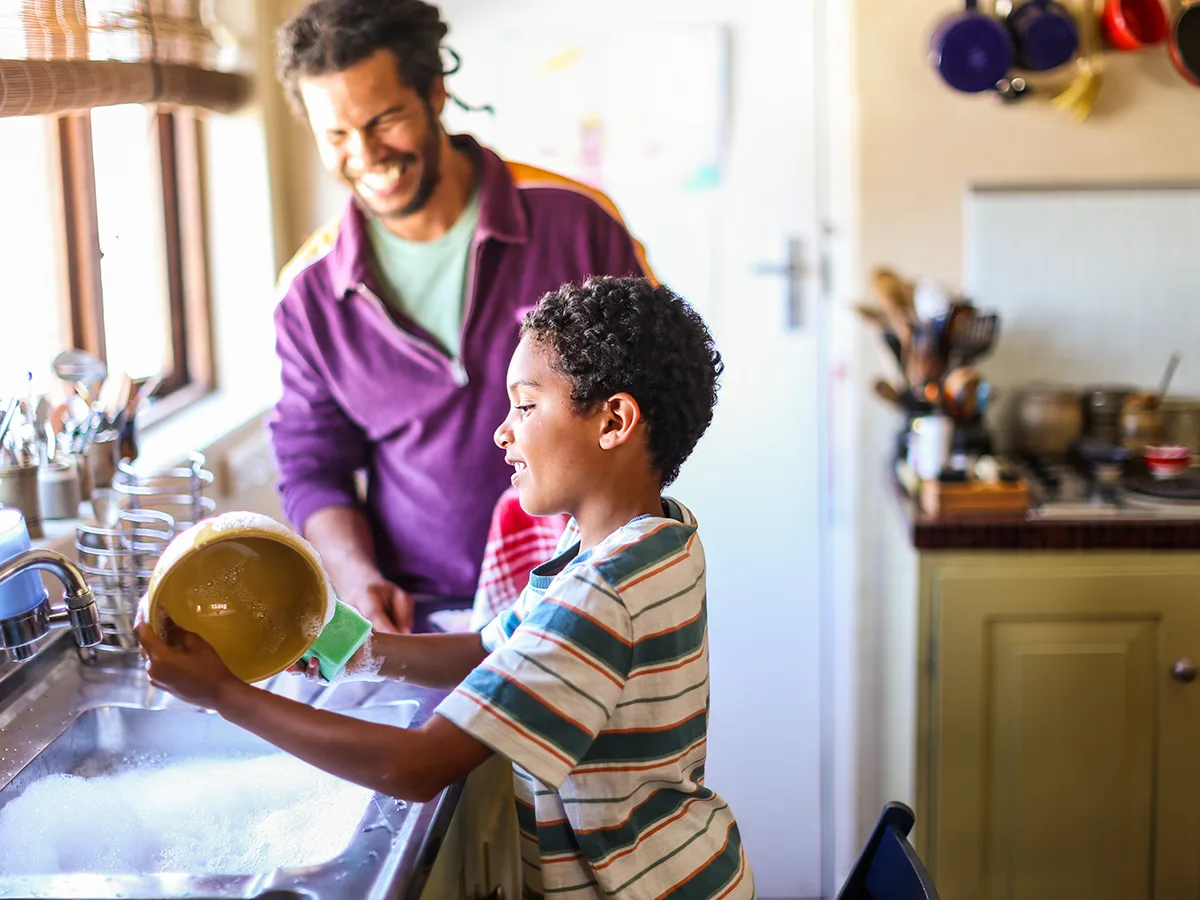Why some kids get lost all the time

At a glance
Some kids get lost all the time.
They might get lost on even the most familiar routes.
Some kids need extra help building their sense of direction.
Say you’re having dinner at your child’s favorite pizza place. Your child has to use the bathroom. You point down the hall from where you’re sitting and remind your child that the bathroom is to the left.
You wait a few minutes for your child to come back. And then it happens. You hear your child call out from a far corner of the restaurant: “Where are you?” The pizza place isn’t that big, but your child took a wrong turn and is panicking about finding the way back to your table.
Why do some kids get lost so often? Kids develop at different rates. And their sense of direction can develop at different rates too. Finding their way involves spatial awareness and other skills that don’t come easily to some kids. Learn why some kids have trouble finding their way.
What getting lost can look like
When kids have trouble building a sense of direction, they can get lost on even the most familiar routes. They may start to get anxious about going anywhere by themselves because they’re afraid of getting lost.
Here are some things you might see kids do if they’re struggling:
Get lost on familiar routes, like walking home from school
Arrive late to class (couldn’t find their way back from the gym, for example)
Struggle to remember landmarks and which way to turn at them
Have trouble learning left from right and reading maps
Refuse to go even short distances alone because they’re afraid of getting lost
What causes some kids to get lost
It’s not uncommon for kids to have trouble finding their way. And different kids can get lost for different reasons.
Some kids have a hard time thinking about where things are in space. They may not have a solid sense of which way is left and which way is right. This makes it harder to develop a map in their mind. (Kids who struggle with spatial awareness may also have a hard time understanding nonverbal cues, like facial expressions.)
It can also be connected to learning and thinking differences, like trouble with math or writing. Learning where numbers sit in relation to each other on a number line is a visual process. The same is true for learning which way b and d face and how close or far apart letters should be spaced in words and sentences.
For some kids, trouble with mental mapping can be part of a larger problem with paying attention. It’s hard to remember how to get back if you weren’t tuned in to which way you turned at which landmark.
How to help kids improve their sense of direction
There are things you can do to help kids get better at finding their way. Here are some fun ways to work on mental mapping skills:
Show how to read a map. Explain that all maps have a compass rose that points to the north, south, east, and west. Show how to use that symbol to make sure the map is facing the right way. Talk about how the sun rises in the east and sets in the west. Learning basic map-reading skills can also help kids use mapping tools on phones and other devices.
Draw a map together. Help your child draw and color a map of your neighborhood. Filling in the map with things like a stop sign or a fire station can help your child learn the route and remember the landmarks on it. Use the map the next time you and your child go for a walk together.
Go on a scavenger hunt. Give fun clues to encourage your child to pay attention to where to go and what to look for along the route. Then have your child practice finding the way back to you.
Use apps. Digital geography games like Tiny Countries can make learning about maps more fun for kids.
If you’re concerned about your child’s sense of direction, connect with your child’s teacher. Find out if the teacher is noticing something similar at school, and if it’s typical for kids your child’s age. You can also ask how your child is doing with math.
Together, you can brainstorm ideas for helping your child build skills — and figure out what to do next.
Key takeaways
Finding your way around involves math and spatial skills.
Kids who have trouble paying attention might get lost a lot.
Connect with the teacher to find out if your child is getting lost at school, and to brainstorm what might help.



